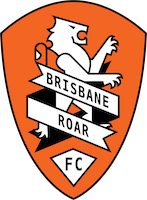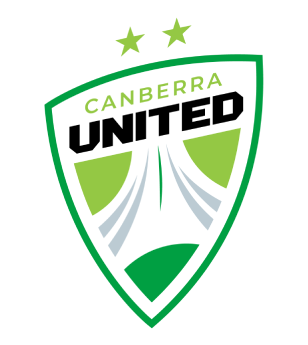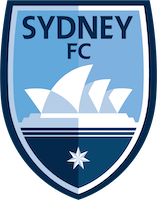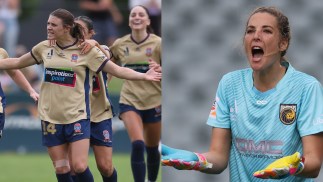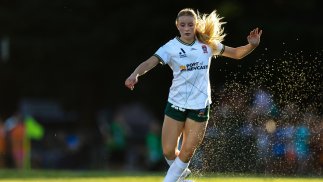Tom Sermanni leaves with Australian women’s football in a vastly different state to when he arrived.
When Tom Sermanni steps down from his role as coach of the Westfield Matildas at the end of the year, he’ll leave with Australian women’s football in a vastly different state to when he arrived.
Since returning for his second stint at the helm of Australia’s women’s team in 2004, Sermanni has witnessed the sport develop “big time” and has played a key role in the transformation himself. With the Westfield W-League flourishing and strong development pathways in place for emerging talent, Sermanni believes women’s football has now firmly established itself in the country’s sporting landscape.
A crucial factor, in Sermanni’s eyes, was Australia’s move from Oceania to the Asian Football Confederation in 2006. The move “changed the dynamics” for Australia and forced the creation of stronger development programs and a more effective talent identification system, because youth teams were required to qualify for international events up to two years in advance.
An equally significant moment came in 2008 with the creation of the Westfield W-League.
Established when Australia had a strong – but ageing – Westfield Matildas team, Sermanni believes the introduction of a professional league helped close the gap that had previously existed between state leagues, National Training Centre (NTC) programs and the national side.
“We really had nothing domestically in place underneath the national team to be able to identify players or give players a chance to develop,” Sermanni says.
“What the Westfield W-League has done is give us a serious, meaningful, senior domestic league.
“It’s been a huge success and it’s helped give opportunities to older players who might have been late developers and to young players who have come in and done very well.”
Sermanni says the likes of Alana Kennedy (Sydney FC), Emily van Egmond (Newcastle Jets), Stephanie Catley and Ashley Brown (both Melbourne Victory) are shining examples of the young talent Australia is now producing and the exposure the Westfield W-League provides is encouraging others to take up the sport.
“We keep seeing these young kids coming in and that’s probably the reason why women’s football has become stronger,” he says.
“The numbers are greater – in the last six or seven years the player base has increased greatly. If you go back 10 to 12 years it wasn’t a mainstream sport and now it’s now very much mainstream.”
As Sermanni prepares for his next challenge as coach of the powerful US women’s team from next year, he believes the future is bright for Australian women’s football and the Westfield W-League.
While he led the Westfield Matildas to the 2010 Asian Cup title and into two women’s World Cup quarter-finals, he said getting the chance to assist in developing the sport was also a highlight he’d look back fondly on.
“It’s one of the things I’m really pleased about. I feel really privileged to have been involved and to have been part of putting these things in place.”


